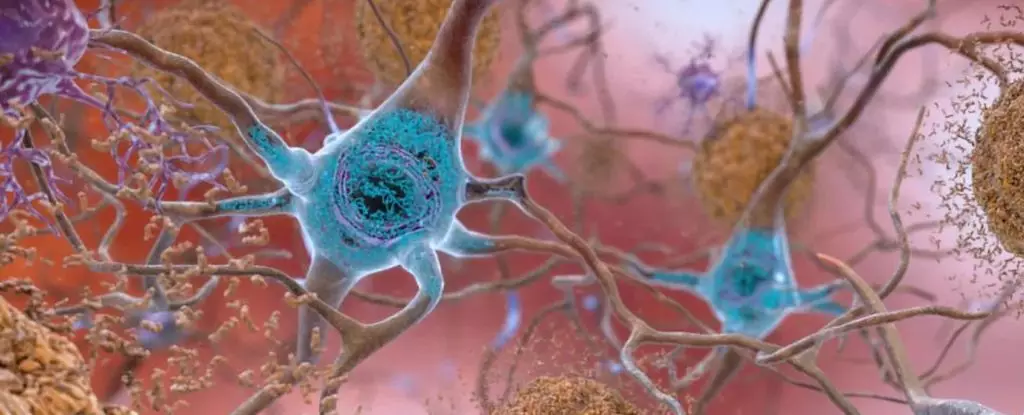In the intricate and often enigmatic landscape of brain health, one pivotal molecule stands out: BMP (brain metabolism phospholipid). Despite being a lipid itself, BMP’s unique function is akin to that of a meticulous garbage collector, primarily responsible for managing other harmful lipid molecules within the brain. For over fifty years, the scientific community has grappled with the question of how BMP manages to evade degradation alongside the very lipids it collects. Recent groundbreaking research spearheaded by Shubham Singh and his team at the Sloan Kettering Institute has shed light on this profound mystery, uncovering the underlying mechanisms that allow BMP to resist breakdown.
The investigation revealed that BMP’s tenacity stems from its structural formation, which is influenced by two specific enzymes, PLD3 and PLD4. Rather surprisingly, this research could also point to the connection between BMP levels and cognitive diseases such as dementia and Alzheimer’s—conditions that afflict millions globally. This newfound understanding illuminates the potential for targeting BMP pathways in therapeutic strategies aimed at combating these debilitating diseases.
BMP’s relationship with complex disorders like dementia is as intricate as it is crucial. Research indicates that patients suffering from frontotemporal dementia exhibit significantly lower levels of BMP in their brains. This deficiency results in the accumulation of toxic lipids known as gangliosides, which, when allowed to multiply unchecked, can lead to a condition termed gangliosidosis. This neurodegenerative state is characterized by the destruction of neurons, underscoring the importance of BMP in maintaining a healthy lipid balance within the brain.
In laboratory tests, the restoration of BMP levels in cells from gangliosidosis patients demonstrated promising results, providing evidence that manipulating BMP could lead to recovery. This finding underscores the clinical significance of BMP, compelling us to further explore its role in maintaining neuronal integrity, particularly in the context of proliferating cognitive disorders.
A fascinating aspect of BMP is its chirality, which refers to the “handedness” of molecules. Most lipids are right-handed, originating from a molecule called glycerol 3-phosphate. However, BMP is an exception, exhibiting a left-handed configuration. This peculiarity raises pivotal questions about the biosynthetic pathways leading to BMP’s formation. Singh articulated this intriguing dilemma, inviting researchers to consider the steps that transform the right-handed glycerol into its left-handed counterpart.
The contributions of the enzymes PLD3 and PLD4 to BMP’s unusual structure attend to a broader understanding of lipid biochemistry. By analyzing the functions of these enzymes in lysosomal storage compartments, the research team uncovered that variations in their activity could significantly impact BMP levels. Mutations in PLD3, explicitly linked to Alzheimer’s disease, was found to drastically reduce BMP production, linking enzyme dysregulation to potential cognitive impairment.
As the prevalence of dementia disorders continues to escalate, with over 10 million cases documented annually, understanding the biological underpinnings becomes increasingly urgent. Each discovery contributes to a larger mosaic of knowledge about the brain’s functionality and the mechanisms involved in cognitive decline. The research on BMP and its interaction with other lipids may guide scientists toward more effective healthcare strategies.
The findings surrounding BMP not only enhance our comprehension of lipid metabolism but also unveil the potential therapeutic implications of modulating BMP levels. With the increasing familiarity with the biochemical pathways tied to cognitive health, avenues for innovative research and treatment begin to emerge, illuminating the path toward mitigating the impact of dementia on individuals and society alike. Understanding these intricate biological systems brings us closer to unraveling the complexities of the brain and, hopefully, crafting solutions for those affected by debilitating cognitive disorders.


Leave a Reply